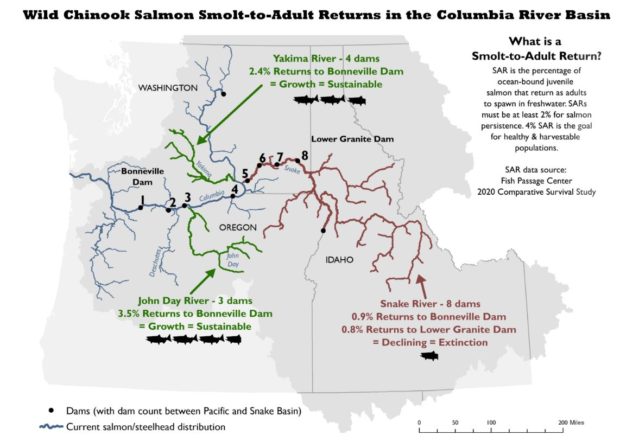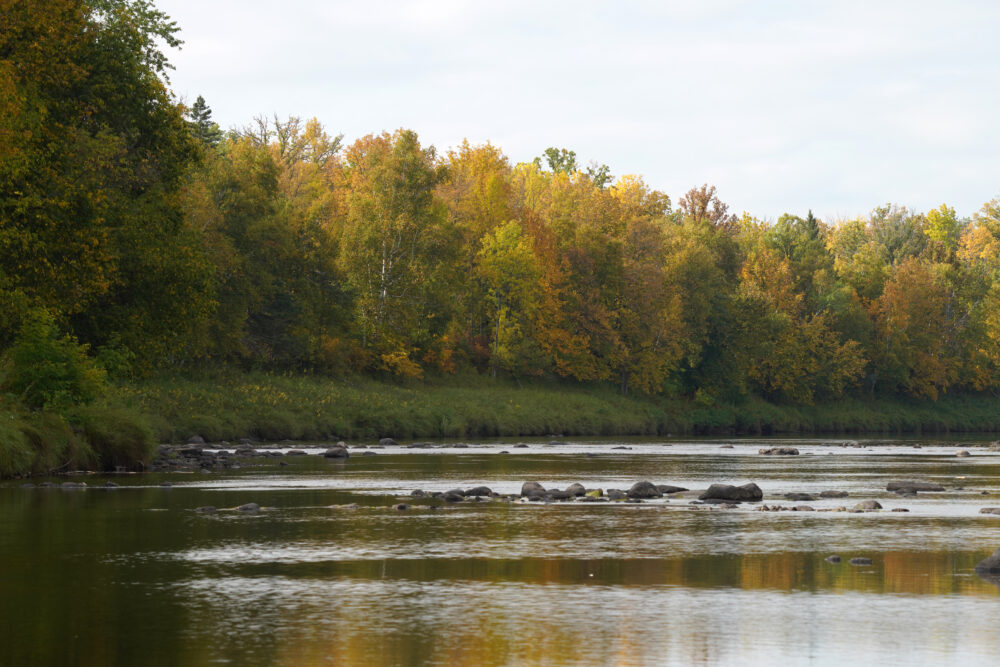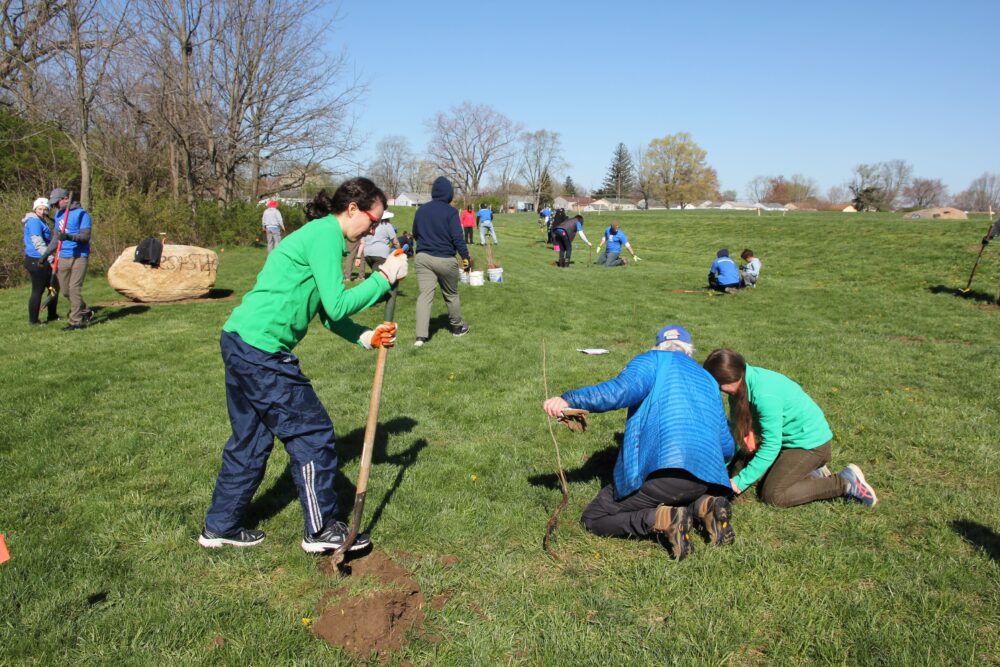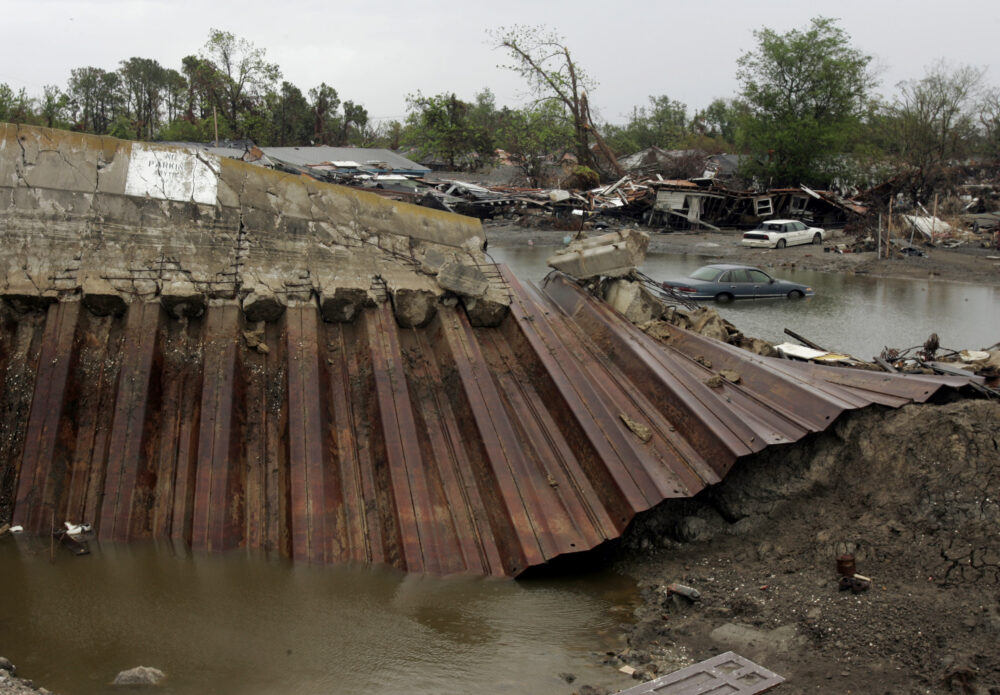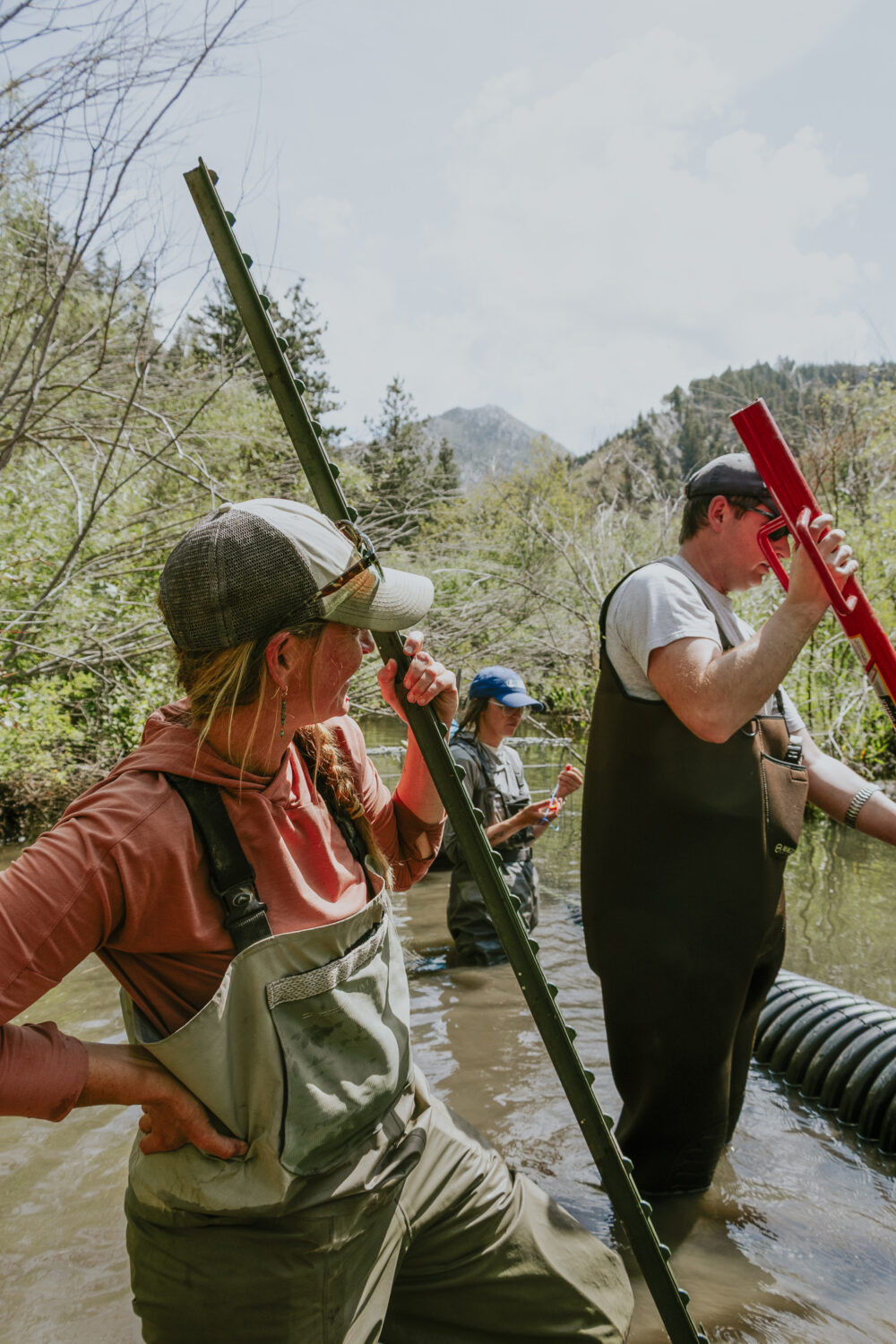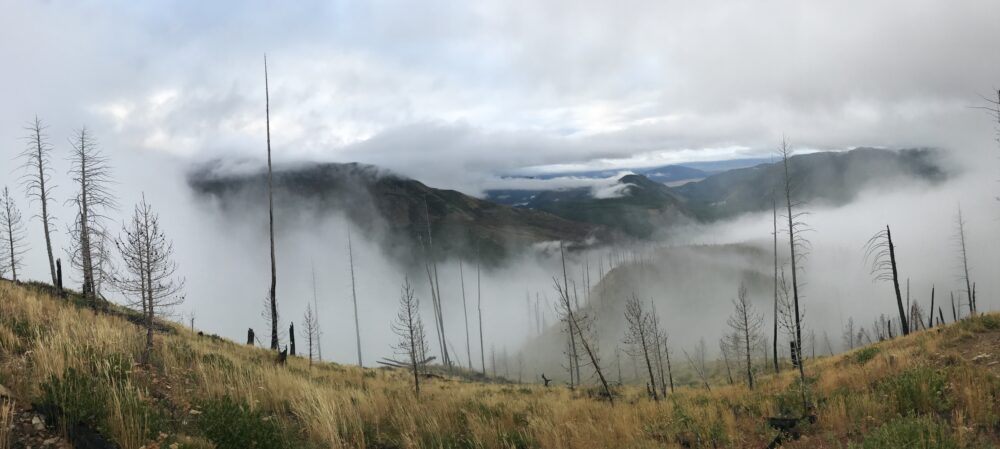We have much more to do and your continued support is needed now more than ever.
Five Reasons We Should Restore the Lower Snake River (and Support the Northwest Infrastructure Proposal)
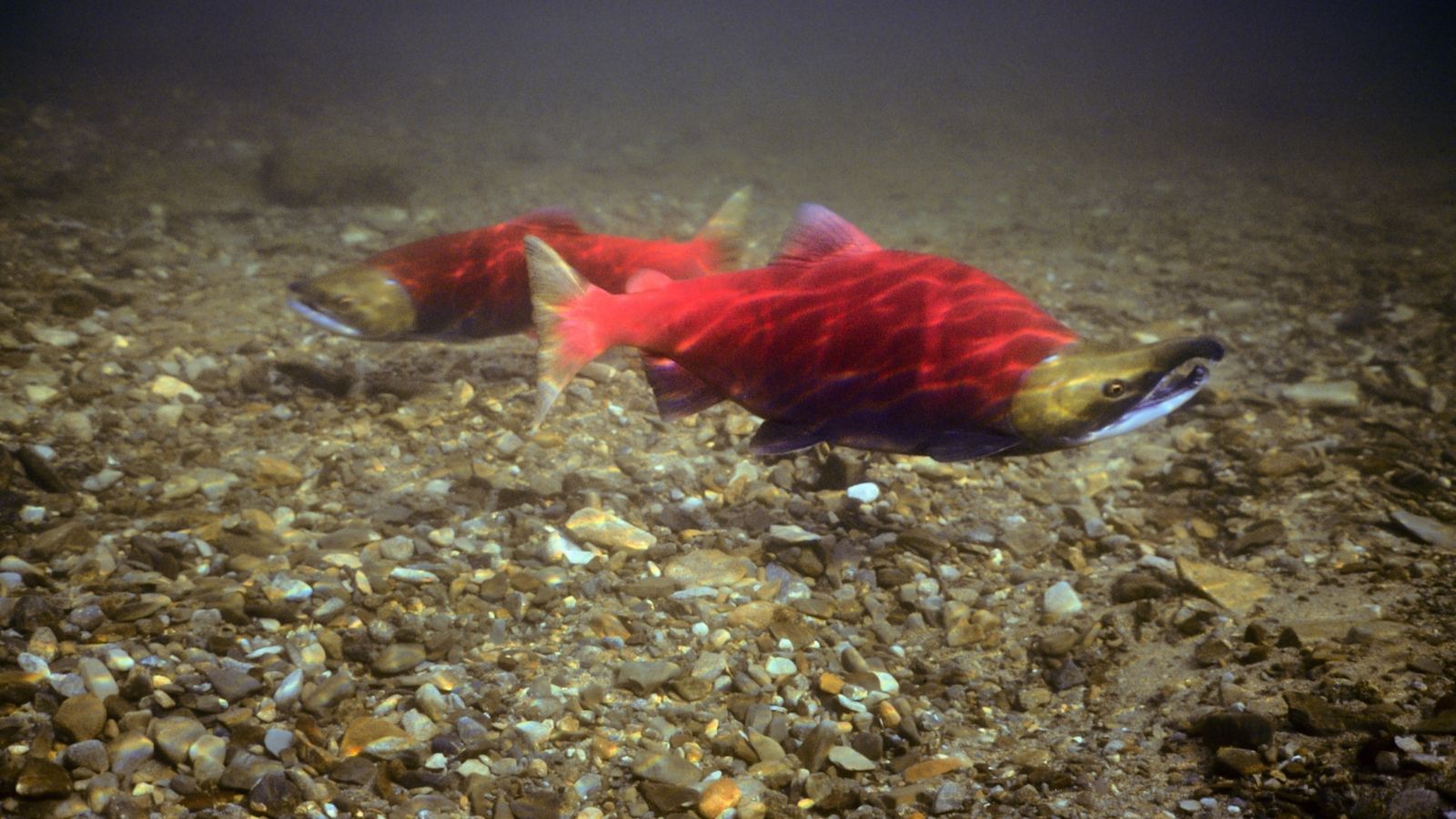
Worldwide, only one-third of the world’s 177 longest rivers remain free-flowing, and just 21 rivers longer than 621 miles retain a direct connection to the sea. Yet cool, clean, free-flowing rivers are the lifelines that fish need to survive and they are an essential buffer for the increasing impacts of climate change. This has put a finer focus on the cumulative negative impacts of dams.
The Columbia and Snake River basins are a key example. Once home to the most abundant salmon runs in the world, 13 populations of fish are on the brink of disappearing forever, largely due to four dams on the lower Snake River.
More than 130 species of plants and animals depend on Snake River salmon, and if they were to disappear, it would jeopardize fragile Northwest ecosystems from the Pacific coast to inland Idaho. Yet the restoration of a free-flowing lower Snake River lies at the intersection of energy, agriculture, and the fisheries that define the Northwest waters.
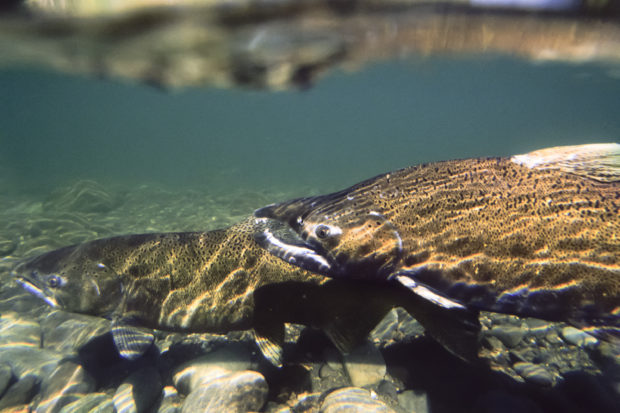
We’ve finally reached a historic and pivotal moment in the conversation about dams, securing the Northwest’s prosperity—and its salmon runs. Here’s the background and the compelling reasons for us to act now. We have a real chance at saving salmon.
1. A bold vision and a new opportunity for the entire Northwest is within reach
Congressman Mike Simpson, R-Idaho, laid out a vision for change— the $33 billion Northwest Infrastructure Proposal. This proposal seeks to strike a delicate balance between saving salmon and meeting the different needs of the Northwest’s communities, from Tribes to local businesses, from fishermen to farmers. It’s a starting point for a bigger conversation: Let’s create a 21st century infrastructure to compete in a global economy.
The proposal provides a detailed roadmap for removing the lower Snake River dams while funding infrastructure upgrades to meet the Northwest’s energy and agriculture needs. It’s founded on painstaking research, 300 meetings with stakeholders, tribes, elected representatives, and other interests trying to understand and break down the issues. The result is a blueprint for wild salmon recovery and regional security. It gives these iconic fish runs a free-flowing lower Snake River—their best chance to survive—while preserving a Northwest way of life and creating greater economic opportunity for the future.
Rep. Simpson puts it this way:
“The question I am asking the Northwest delegation, governors, tribes, and stakeholders is ‘do we want to roll up our sleeves and come together to find a solution to save our salmon, protect our stakeholders and reset our energy system for the next 50 plus years on our terms?’”
The answer is yes for the many Northwest communities long caught in the conflicts of regional uncertainty related to salmon recovery, dams, energy, and transportation.
2. Scientists agree: Salmon need free-flowing rivers – now!
Climate change and a steady downward spiral toward salmon returns are pushing these iconic fish to the brink of extinction. Scientists are urging us to take drastic action—before it’s too late—and they consistently point to a single path toward recovery:
“It is our collective opinion, based on overwhelming scientific evidence, that restoration of a free-flowing lower Snake River is essential to recovering wild Pacific salmon and steelhead in the basin. We base our opinion on our deep expertise in the science of salmon and steelhead conservation including decades of collaborative research that has withstood rigorous scientific review.”
While some point to diverse factors affecting salmon and steelhead returns, free-flowing rivers are of paramount importance. The freshwater phase of the salmon and steelhead life-cycle — from eggs in gravel, to migration to the ocean as smolts, and to migration from river entry to spawning grounds as adults—is critical for survival.
Scientists also agree that of all the factors impacting fish runs, the four lower Snake River dams are the one factor that we can control and the one factor that will have the greatest impact on salmon recovery. Removing the earthen portions of them is the one solution we haven’t tried.
3. It’s time we kept our promises to Native tribes
For centuries, Northwest Tribes have stewarded salmon on the Snake River and relied on them to sustain their cultures, economies, and identity. For Northwest tribes, from the Olympic coast and the Salish Sea to the Columbia, Yakima, and Salmon rivers, abundant salmon, a treasured food source, were at the center of a happy, healthy, and prosperous life.
Fifty years ago, when the four dams were first built on the lower Snake River, waters rose and flooded Northwest tribes’ ancestral lands, accustomed fishing sites, and burial grounds—while pushing abundant salmon runs toward extinction, which has been devastating to the river’s Indigenous communities. To these Indigenous people, the dams are a manifestation of cultural genocide.
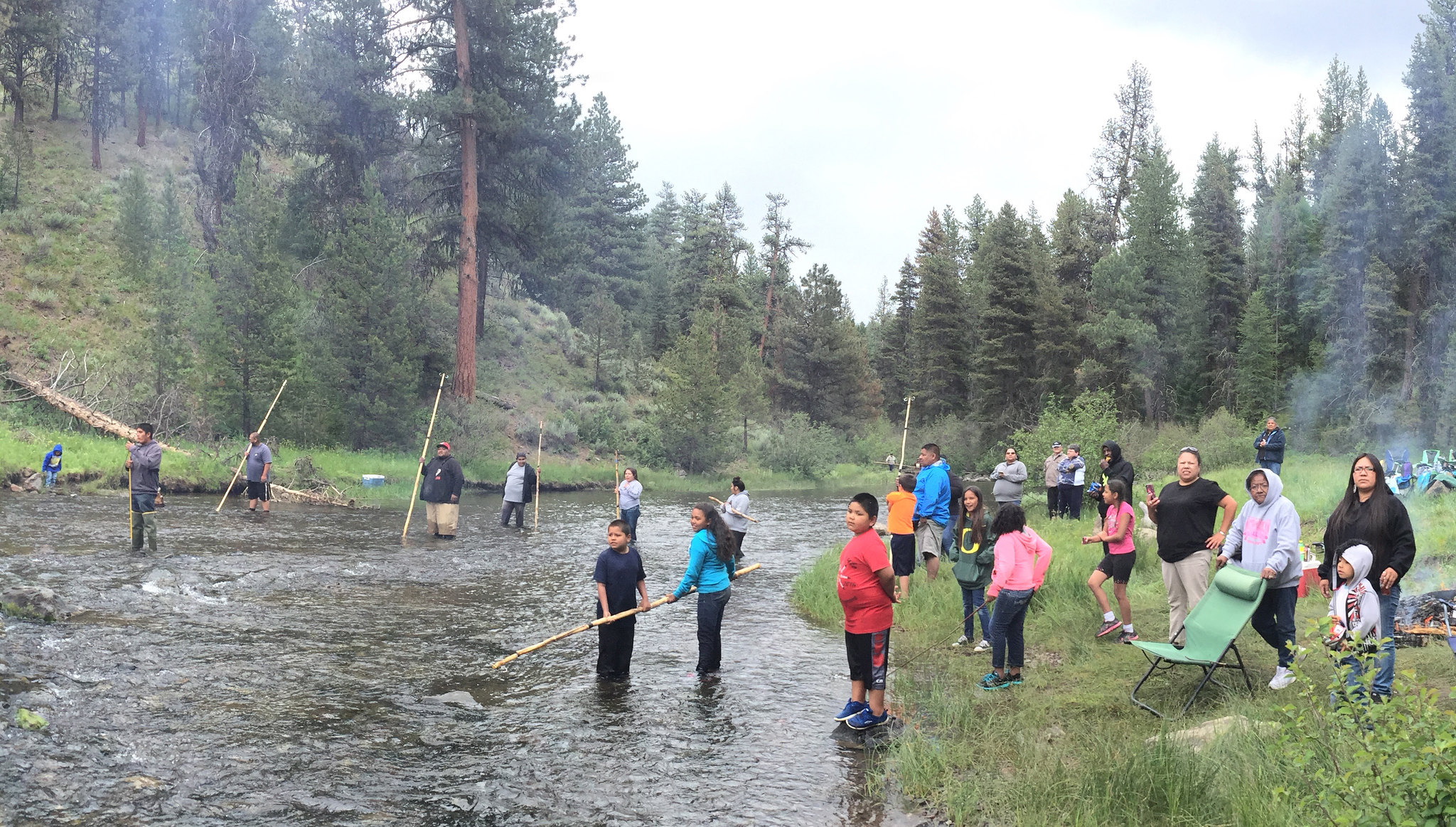
Today, our country is in the midst of a deep reckoning around social and environmental issues. We cannot continue to ignore the broken promises and treaty violations to Northwest Tribes.
We need to mobilize and right a historic wrong and salmon recovery must be at the heart of our shared commitment to do so. Removing the four dams on the lower Snake River would restore 140 miles of free-flowing river, 14,000 acres of riverside land, and restore access to 5,500 miles or pristine high elevation spawning habitat in lower Snake River tributaries.
Restoring a free-flowing Snake River is our best chance to meet the federal government’s treaty obligations and to sustain the cultural traditions and historic connections of Native American communities. It is the foundation for our shared and equitable future.
4. To strengthen our future, it’s time to upgrade to truly clean energy
Clean energy isn’t truly clean if it’s endangering wildlife, such as salmon, and it puts the ecosystems and economies that depend on them in peril. Moreover, the dams on the lower Snake River produce less than 4% of the region’s power and have been in operation for more than 50 years, which will soon require major upgrades at the cost of $300 million or more per year. For too long the federal government’s plan for managing Northwest salmon and the Snake River dams has left the region trapped in a loop of litigation, environmental impact statements, high costs, and uncertainty.
We can do better.
New forms of energy are challenging the dominance of hydropower. We can transition to truly clean energy, which is responsibly developed, sited, and operated. The Northwest Infrastructure Proposal would fund new sources of clean energy like wind and solar that provide carbon-free power without sending salmon and steelhead toward extinction. We can break out of a decades-long cycle of lawsuits and economic insecurity and ensure all communities prosper instead.
5. Let’s save fish, a way of life, and small businesses
The benefits of the lower Snake River dams come at too high a cost. We’ve already spent more than $17 billion on salmon habitat rehabilitation but have yet to recover a single salmon run to abundant levels. We’re going in the wrong direction. With the impacts of climate change, these costs will climb as salmon runs continue to edge toward extinction.
Healthy salmon populations are vital to a way of life and small businesses, such as commercial and sport fishermen, restaurants, guides, and outfitters. If we have to spend another $1 billion for upgrades and turbine replacements for the four dams in addition to $300 million every year just to maintain them, why don’t we trade the Snake River dams in for a truly workable solution that works for the whole region?
Now it’s time to take our questions to Congress. Let them know we support a plan that transforms interconnected challenges into bigger opportunities for Northwest communities and the environment. Rep. Simpson’s Northwest in Transition proposal is an important departure point for a stronger future. This is our chance. Let your elected leader know you want them to engage in this conversation and move it forward in Congress.

